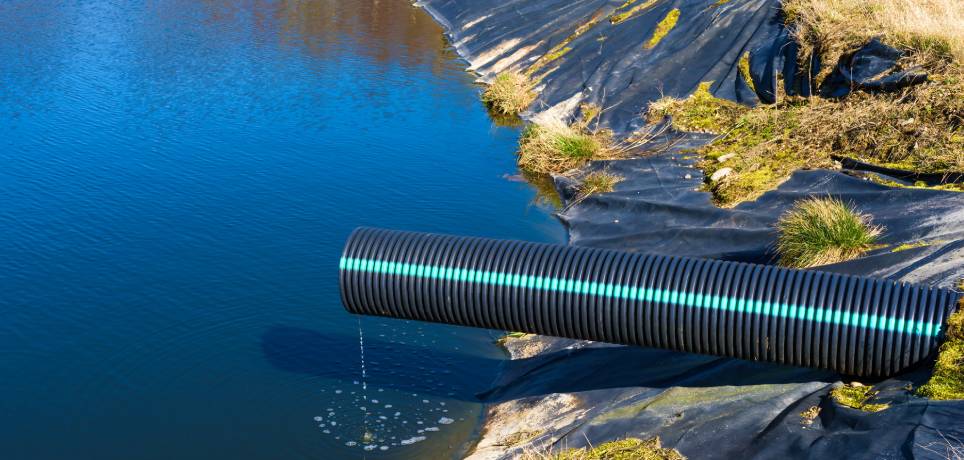When selecting liners for landfills, ponds, or construction sites, having the right material can help. Geomembrane and geotextile liners serve unique purposes, so knowing their distinctions allows you to choose the best solution for your needs. We’ll explore geomembrane and geotextile liners, breaking down their differences and uses.
Material Composition
Manufacturers craft geomembrane liners from polymer-based materials, such as linear low-density polyethylene (LLDPE) and polyvinyl chloride (PVC). They create an impermeable barrier, preventing liquid or gas movement. These liners work well in leak-proof systems requiring containment.
On the other hand, geotextile liners have synthetic fibers like polypropylene or polyester, which can be woven or non-woven. While geotextiles are durable, their permeability allows for filtration or fluid flow. For instance, in erosion control applications, a geotextile might interact with water while preventing soil migration.
Primary Applications
The difference between geomembrane and geotextile liners is their primary applications. If you need a liner to prevent leaks in landfills or pond systems, geomembranes handle this task. They minimize seepage and maintain strict containment.
Meanwhile, geotextiles excel at lending support to soil reinforcement, erosion prevention, and drainage systems. Construction projects often use them as a filter layer behind retaining walls, allowing water to pass through without losing soil.
Durability and Environmental Resistance
Geomembranes are durable against various environmental challenges. These heavy-duty pond liners resist UV rays, chemicals, and extreme temperatures, making them reliable for outdoor applications.
Although geotextiles are tough, they do not handle UV exposure or aggressive chemicals as well as geomembranes. Geotextiles work better when buried or shielded, serving as a reinforcement or filtration layer. They can wear down quickly when exposed to the environment, while geomembranes thrive despite direct contact with the elements.
Installation and Maintenance
Geomembrane liners demand precision for installation. Professionals weld and seam the material carefully to create a watertight barrier. Regular inspections help to maintain their integrity and prevent potential failures. For example, poorly sealed geomembranes can cause pond liners to leak.
Geotextile liners take a simpler approach to installation. Workers roll out the material and secure it without the specialized tools or expertise. Geotextiles also require less intensive maintenance than geomembranes and continue performing well when you use them correctly.
Cost Considerations
Geomembranes typically require an upfront financial commitment due to their specialized materials and manufacturing. For containment projects, this investment pays off in the long run through effective performance.
Geotextiles, on the other hand, are economical for slope stabilization or drainage. Their lower production costs make them ideal for budget-conscious scenarios. For instance, landscaping companies use geotextiles in drainage layers due to their affordability. Both materials can fit different financial and functional goals depending on the use case.


